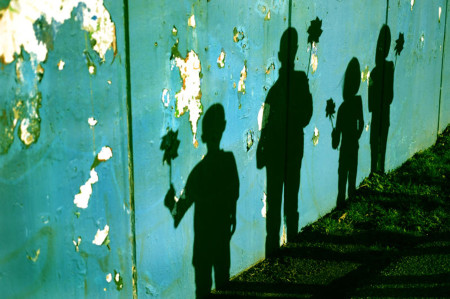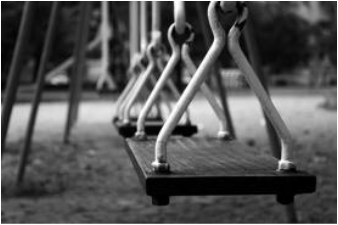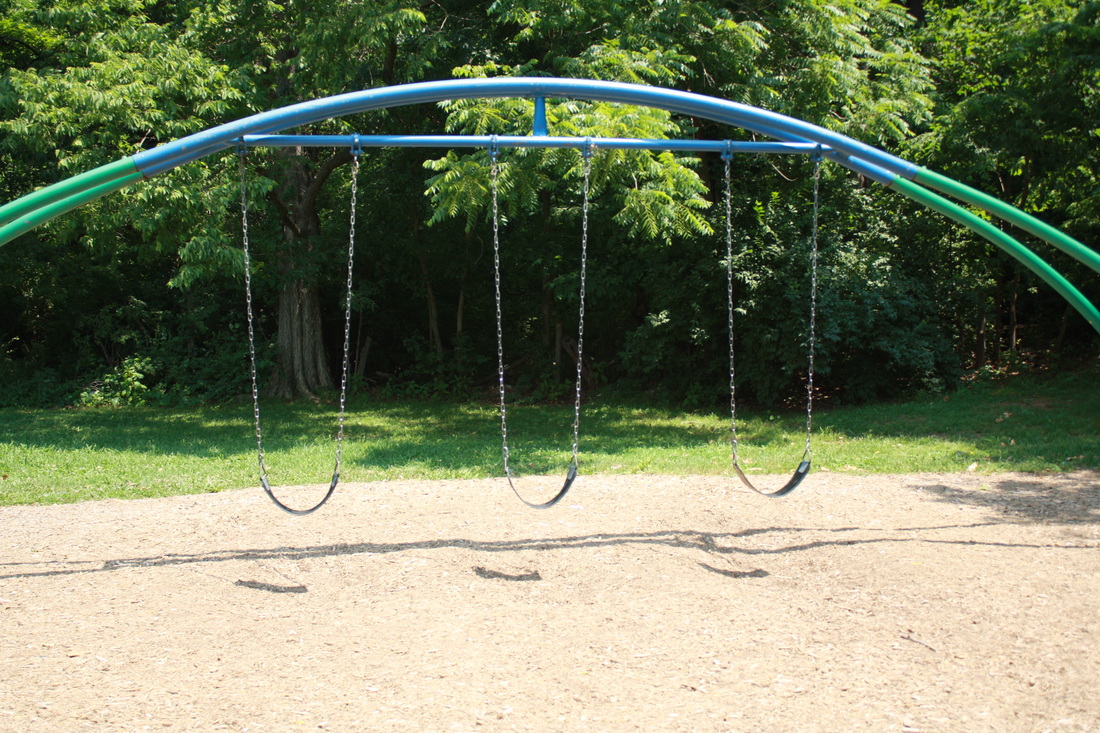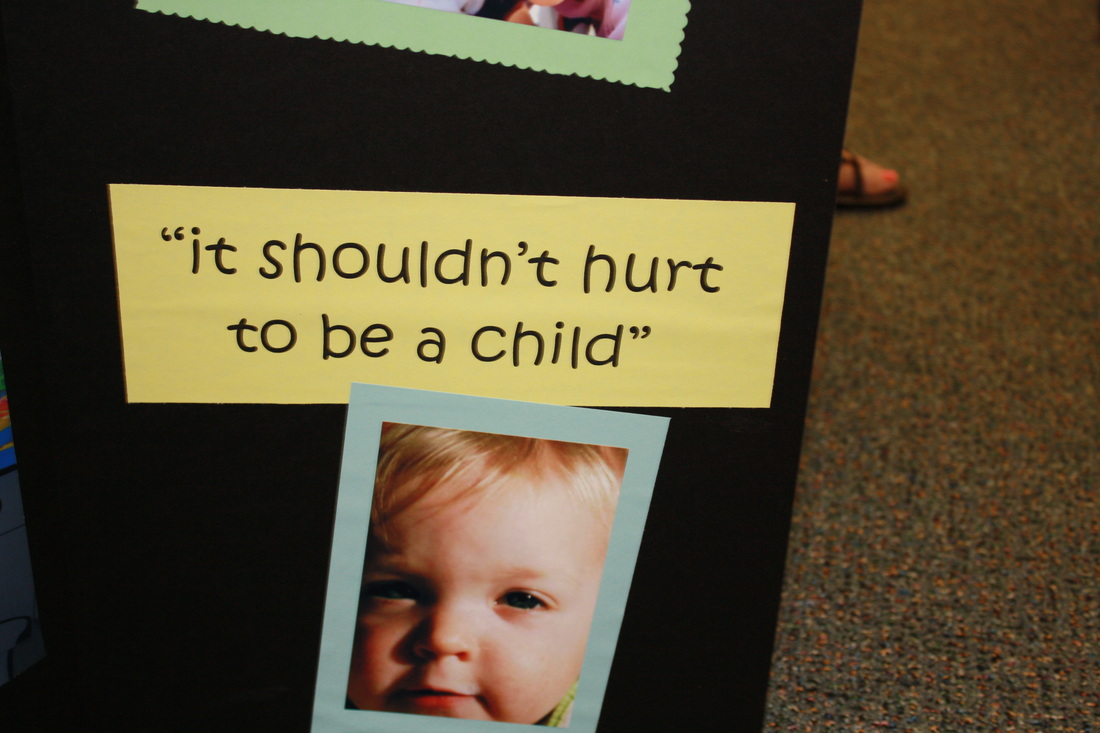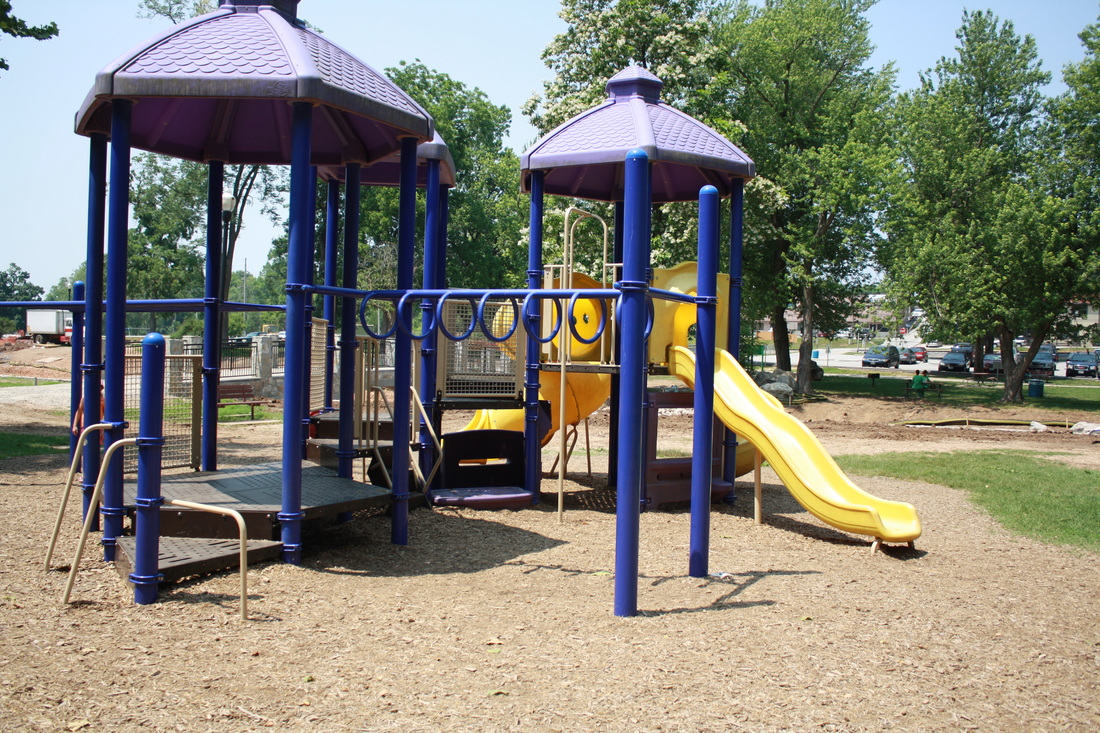|
What is abuse?
In general terms, abuse is any action which results in sexual or physical harm or psychological injury. Abuse can be in the form of physical injury or harm, sexual abuse, incest, psychological or emotional abuse. These types of abuse typically occur in combination rather than as an isolated occurrence. For example, a physically abused child is typically emotionally abused as well.
. Abuse can be deliberate, with the intent to harm, or it can be a result of negligence. Every state has laws which describe abuse. Laws governing child abuse in Missouri can be found here. https://www.childwelfare.gov/topics/systemwide/laws-policies/statutes/define/ Missouri Statutes: Section 568.060.1: (1) "Abuse", the infliction of physical, sexual, or mental injury against a child by any person eighteen years of age or older. For purposes of this section, abuse shall not include injury inflicted on a child by accidental means by a person with care, custody, or control of the child, or discipline of a child by a person with care, custody, or control of the child, including spanking, in a reasonable manner. |
|
Some myths about abuse -
Myth #1: It’s only abuse if it’s violent.
Fact: Abuse is more than physical. Neglect and emotional abuse can be equally harmful as signs of these types of abuse can be subtle and are often overlooked by others. Myth #2: Only “bad” parents allow their child to be abused. Fact: Caregivers often feel guilt that their child was abused by another person. It is important to realize that sometimes abuse occurs when another caregiver or authority figure in a child’s life violates acceptable boundaries. This can happen without the primary caregiver’s knowledge. Myth #3: Abuse only happens in “bad” homes. Fact: Abuse can happen in any home, any neighborhood or community, in affluent or poor families. Abuse is equally common across all social, economic and cultural lines and is not specific to a certain “type” of home or family. Myth #4: Most abusers are strangers. Fact: Abusers are more likely to be family members or have close ties to the child in some way. Statistics show that only 20% of abuse occurs by a stranger. Myth #5: My child doesn’t need to get care for abuse. Fact: The longer a child is in an abusive or neglectful environment the greater risk for long-term psychological and physical harm. Research shows the earlier a child receives care for abuse, the more positive and long-lasting the recovery. |
|
|
Longer-term effects of abuse -
Effects of child abuse depend on the type of abuse (whether physical, emotional, sexual or neglect) the severity and duration of the abuse. Rather than viewed as a single isolated consequence, effects of abuse are best viewed as a web of complex issues which are intricately connected.
The following is a brief list of common long-term effects of untreated abuse: Physical: Effects can range from bruises to broken bones. If severe, permanent damage, including death and physical disabilities, can occur. Other effects include higher obesity rates, smoking, increased risk of heart disease, cancer and stroke. Psychological: Effects include depression, anxiety, low self-esteem, eating disorders, feelings of shame and worthlessness, distrust, reenacting abusive relationships, suicide attempts, Post Traumatic Stress Disorder and other psychological disorders. Educational/Economic: Effects can include lower academic achievement, lowered earning capacity, homelessness, reduced productivity at work or school. Behavioral: Effects include acting out, high-risk sexual behavior, substance abuse, criminal behavior. |
